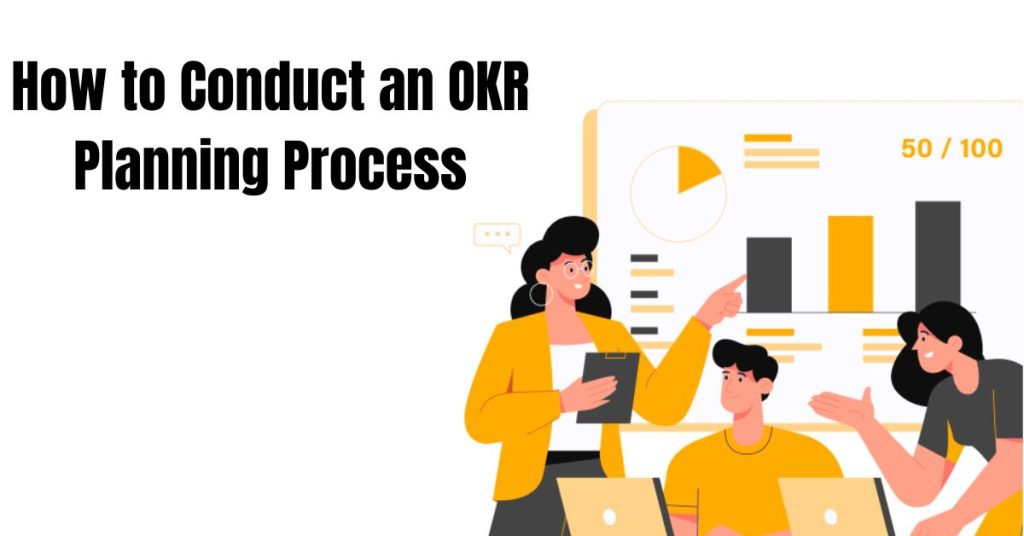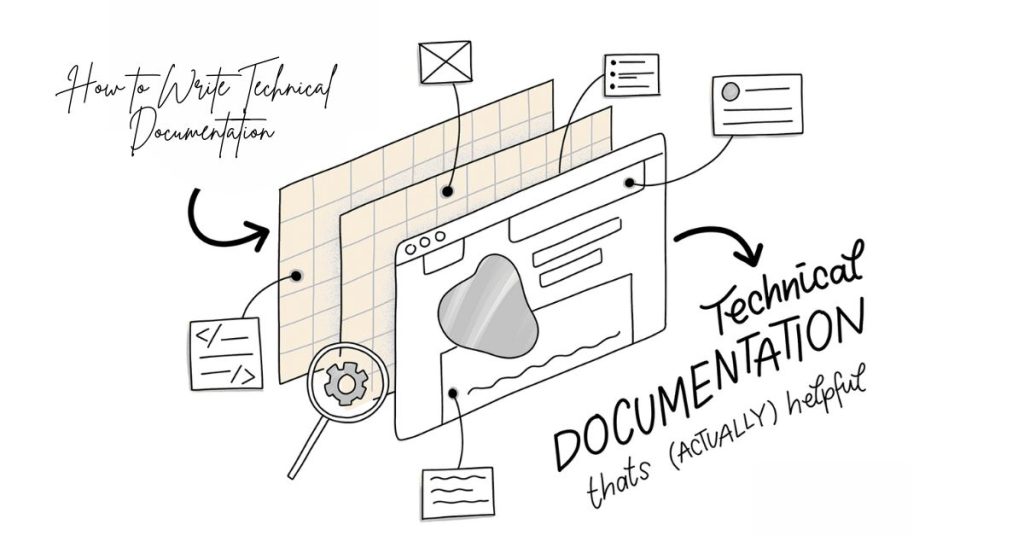The digital world has changed the way businesses communicate with customers, but it’s also raised customer expectations to an entirely new level. What worked in the past—sending out emails or answering a customer service call—just doesn’t cut it anymore. People now expect to interact with brands on a variety of platforms, often using different devices, and they expect a consistent and personalized experience no matter where they are.
This is where omnichannel messaging comes into play. Omnichannel messaging offers a smarter, more integrated way for businesses to connect with customers, ensuring that communication flows seamlessly across all platforms, whether it’s through SMS, email, social media, or even live chat. In 2025, businesses that fail to adopt omnichannel strategies risk falling behind as their customers seek more fluid, real-time, and personalized interactions.
In this post, we’ll dive into what omnichannel messaging is, why it’s essential in 2025, and how businesses can leverage it to provide an exceptional customer experience while driving better results.
What Is Omnichannel Messaging?
At its core, omnichannel messaging is a communication strategy that integrates multiple channels—like social media, email, SMS, live chat, and more—into a single cohesive system. This system allows businesses to communicate with customers through their preferred platform while ensuring a consistent and unified experience.
Unlike traditional multichannel communication, which treats each channel as a separate entity, omnichannel messaging works to connect these channels, so interactions are smooth and uninterrupted. For instance, a customer might start a conversation on Facebook Messenger, ask a few questions, then continue the same conversation over email—without having to repeat themselves.
Why Is Omnichannel Messaging Important?
Today’s consumers live in a world where they expect instant, convenient communication across various channels. They may reach out via Instagram, shoot a quick SMS, or fill out a live chat form on a website. Omnichannel messaging takes all these interactions into account, ensuring that your communication with them is consistent, whether they’re shopping online, seeking support, or simply engaging with your content.
Why Omnichannel Messaging Matters More Than Ever in 2025
As we move further into 2025, customer expectations continue to evolve. With advancements in technology and the rise of new communication channels, businesses must rethink their strategies for connecting with customers. Here are some of the key reasons why omnichannel messaging is critical in 2025:
- Changing Customer Expectations: Gone are the days of waiting 24–48 hours for a response to an email. Today’s consumers demand near-instant answers and expect businesses to engage with them on the platform of their choice. Whether it’s texting on their phone, chatting on a website, or interacting via social media, customers want the flexibility to communicate where it’s most convenient for them.
- AI and Automation: Artificial intelligence (AI) is revolutionizing how businesses communicate with customers. Automation and chatbots powered by AI can provide immediate responses, personalize interactions, and even predict future customer needs. In 2025, businesses will need to leverage these technologies to stay competitive and keep up with the demand for fast, efficient customer service.
- Mobile-First Communication: With the overwhelming majority of online interactions happening on mobile devices, businesses must prioritize mobile communication strategies. Omnichannel messaging ensures a seamless mobile-first experience, allowing customers to easily switch between channels like SMS, WhatsApp, or social media.
- Data-Driven Insights: Omnichannel platforms provide valuable data on customer interactions across various touchpoints. By analyzing this data, businesses can gain deeper insights into customer preferences, behaviors, and pain points, ultimately leading to better decision-making and more effective marketing strategies.
The need for instant, personalized, and multi-channel communication is pushing businesses to adopt omnichannel strategies more urgently. As we head into 2025, it’s clear that customers will expect nothing less than seamless interactions across all touchpoints.
Core Features of a Modern Business Messaging Platform
In order to execute a successful omnichannel messaging strategy, businesses need the right platform to integrate all their communication channels into one unified system. Here are the core features you should look for when choosing a business messaging platform:
- Centralized Dashboard: A centralized dashboard is essential for managing conversations across multiple channels. Instead of juggling different systems for email, SMS, and social media, a unified dashboard allows businesses to respond to all customer inquiries from a single interface, making it easier to track conversations and maintain consistency.
- Cross-Platform Integration: A modern omnichannel messaging platform should integrate seamlessly with various channels, such as SMS, email, live chat, and social media. This enables businesses to communicate with customers no matter which platform they prefer, all while maintaining a unified experience.
- AI-Powered Automation: Automation is one of the cornerstones of modern communication. AI-powered bots can handle routine queries, book appointments, and even suggest personalized product recommendations based on customer preferences. This not only saves time for customer service agents but also ensures quicker responses for customers.
- Analytics and Tracking: Being able to track the entire customer journey is crucial. A good omnichannel platform should offer robust analytics tools that help businesses track customer interactions across touchpoints, measure performance, and gain insights into what’s working and what’s not.
How Omnichannel Messaging Improves Customer Experience
When done right, omnichannel messaging creates a seamless and personalized experience that improves customer satisfaction and loyalty. Here’s how:
- Seamless Transitions Between Channels: One of the key advantages of omnichannel messaging is the ability to provide uninterrupted communication across different platforms. For example, a customer could start a conversation on WhatsApp, continue on email, and even call customer support, without ever having to repeat their query. This smooth transition enhances the customer experience, ensuring they never feel like they’re starting from scratch.
- Faster Response Times: With AI-powered bots and automated systems, businesses can respond to customer inquiries almost instantly. This is particularly important in today’s world, where speed is essential. Customers are less likely to feel frustrated or abandoned when they receive prompt responses.
- Personalized Interactions: Omnichannel messaging allows businesses to gather valuable data on customer preferences, behavior, and interactions. This data can then be used to personalize messages and interactions, creating a more relevant and engaging experience for the customer. Whether it’s a personalized recommendation or a targeted follow-up message, customers appreciate businesses that understand their needs.
Example:
Consider a business like Amazon, which excels at omnichannel messaging. Whether a customer is browsing the website, chatting with a customer service representative, or using the mobile app, they experience a consistent level of service. A seamless shopping experience across platforms makes customers feel valued and understood.
Common Challenges and How to Overcome Them
While omnichannel messaging has clear benefits, it doesn’t come without challenges. Here are some of the common hurdles businesses face and how to overcome them:
- Fragmented Systems: Some businesses struggle to integrate their communication systems, leading to disjointed customer experiences. Solution: Invest in a robust omnichannel platform that integrates all your channels into one unified system, making it easier to manage and track communications.
- Data Silos: When customer data is stored in different systems across channels, it becomes difficult to get a complete view of the customer journey. Solution: Look for a platform that centralizes customer data, allowing you to track and analyze all interactions in one place.
- Lack of Internal Alignment: Different teams (marketing, sales, support) might not always be aligned when using omnichannel messaging systems. Solution: Ensure that all teams are on the same page and are using the platform in a consistent way. Regular training and clear internal processes can help.
Choosing the Right Omnichannel Platform for Your Business
Selecting the right omnichannel platform is crucial for success. Here are some key criteria to consider when making your choice:
- Ease of Use: The platform should be intuitive and easy for your team to adopt. A user-friendly interface ensures that your team can quickly get up to speed and start using the platform effectively.
- Scalability: As your business grows, your messaging needs will evolve. Choose a platform that can scale with your business, offering additional features and integrations as you expand.
- Customer Support: A good omnichannel platform should come with solid customer support. Ensure that the platform you choose offers 24/7 support in case you need assistance.
Some popular omnichannel platforms include AeroChat, Klaviyo, Textline, and Freshchat. AeroChat is particularly well-suited for businesses looking for a smart, AI-powered solution to manage cross-platform conversations seamlessly. Compare these platforms based on their features, pricing, and customer reviews to find the best fit for your business.
Future Trends in Omnichannel Messaging
As technology continues to evolve, so too will the landscape of omnichannel messaging. Here are a few trends to look out for in the near future:
- Predictive Messaging: AI will continue to evolve, allowing businesses to predict customer needs and send messages before the customer even asks for them. For example, an AI-powered system might send a reminder about a customer’s abandoned cart before they even notice.
- Voice and Video Integration: As more people engage with voice assistants like Alexa or Siri, businesses will need to incorporate voice into their messaging strategy. Video messaging is also gaining popularity, offering more personalized and engaging ways to communicate with customers.
- Hyper-Personalization: In 2025, hyper-personalization will become more common. Using customer data to deliver tailored experiences—like personalized product recommendations, offers, or content—will be the key to creating stronger customer relationships.
- Privacy and Compliance: With growing concerns over privacy and data security, businesses must prioritize compliance with regulations like GDPR and CCPA. Omnichannel platforms will need to ensure that customer data is handled securely and in compliance with these regulations.
Conclusion
The future of customer communication is clear: omnichannel messaging is the way forward. With customers expecting instant, personalized, and seamless experiences across multiple platforms, businesses that fail to adopt omnichannel strategies will be left behind. By implementing the right omnichannel platform, businesses can improve customer satisfaction, boost engagement, and increase sales.











